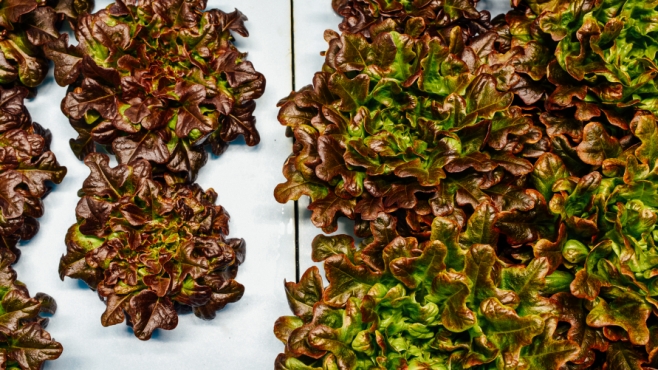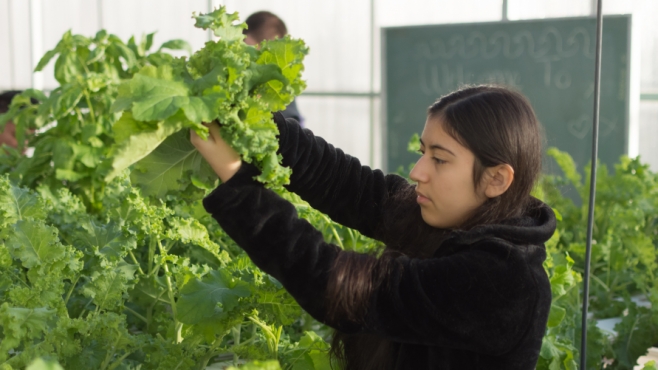
LETTER FROM THE PUBLISHER
In the early ‘90s, when I was in high school, if farming was something that my classmates and I thought about, it was something that we didn’t think much about. Certainly, it wasn’t something that we aspired to become involved in. If anything, it was work someone could turn to if they weren’t capable of doing anything “better,” and if we knew someone who attended an agricultural school or college, they were an “aggie.” The term was not meant affectionately.
In the years since, so very much has changed, not only in terms of the way the general public views agriculture, but also in the field itself: here in Connecticut, small, non-industrial farms have grown in reverence, and those farms increasingly turn to high-tech solutions to age-old problems. Evidence of the agricultural industry’s adoption of technology, as well as the shift in opinion towards it, is on display in this issue’s coverage of the Ellis Clark Regional Agriscience and Technology Program, a noteworthy vocational agriculture program that provides a modern, career-based agricultural education for its students.
Yet, despite perceptional advances in the agricultural sector, slow growth for Connecticut’s overall economy persists. Our urban centers are frequently marred by aging and unused manufacturing structures, many of which are increasingly in disrepair. I saw this firsthand during my visit on a rainy day to the offices of Trifecta Ecosystems, an aquaponics farm that is another of this issue’s feature subjects. Although their wing of the Meriden manufacturing plant in which they are located was modernized and fully renovated, uninhabited portions of that building were dystopian in appearance, dilapidated, leaking, and in an apparent state of abandonment.
Structures like these represent the shell of Connecticut’s once robust manufacturing industry, the loss of which is keenly felt in our state’s economy. “As of Nov. 2017, total employment in Connecticut is below the level of jobs that existed in Feb. 1989,” writes Fred Carstensen, an economist for UConn. “That equates to 27 years without any permanent job growth in the state.” It’s a sobering statistic about the economic state of affairs in Connecticut, but as much as these old buildings represent the loss of our industrial manufacturing past, they may too represent a new, agricultural future.
Connecticut’s agricultural industry has proven to be a powerful force for economic good. According to UConn’s Economic Impacts of Connecticut’s Agricultural Industry (2015 Update) report, Connecticut’s agricultural sector saw $3.23 billion dollars in overall sales in 2015, a 19% growth from 2007. This equated to over 21,000 jobs in the industry – an 11% increase from 2007 – that added $765 million to statewide wages. During the same time period, non-agricultural employment in the state dropped by 0.62%.
As these statistics suggest, Connecticut has a genuine opportunity to build and rely upon an agriculturally based economy. Our rural areas offer verdant farmland, arable and with excellent natural water supplies. Our urban centers already have the infrastructure for off-season, indoor farming; they need only rehabilitate it. Our schools have the capacity to usher well-educated and technologically savvy young women and men into both. The result could be a Connecticut that operates a year-round, highly productive farming economy that uses local agriculture not only to feed our population, but also to employ it. It’s a potential future that could have far-ranging benefits for every citizen of Connecticut, and in the process of building it, we may well find that the “aggies” were, all along, the best of us.
















